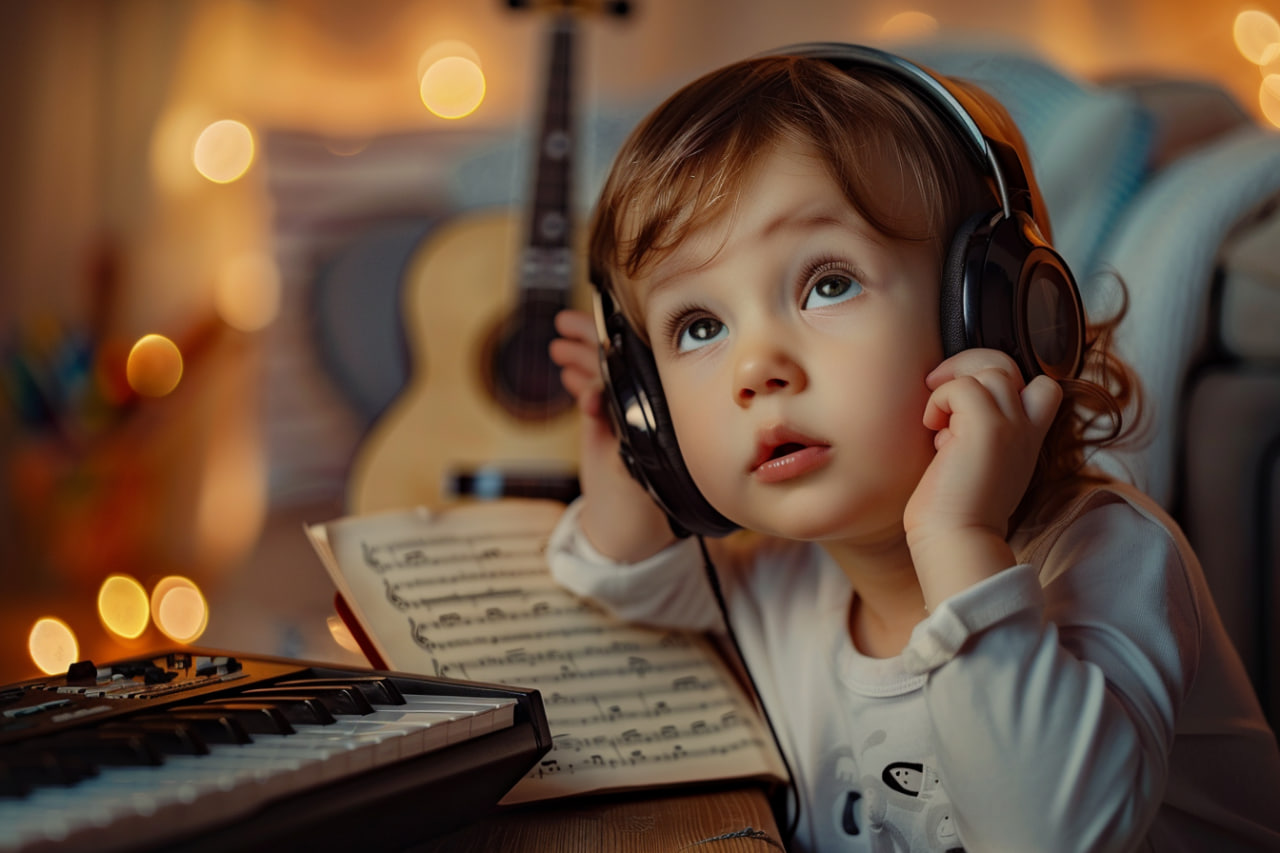Musical Masterpieces That Help Children Fall in Love with Classical and Contemporary Music
There’s something powerful about a child hearing a full orchestra swell for the first time. Or watching their fingers dance along to the rhythm of a piano concerto. Or feeling a quiet chord settle into their chest long after the music has ended.
But not all music speaks to children equally. Some pieces shout. Others whisper. And a few—just a few—reach in and take root. These are the pieces that form a child’s musical memory. Their entry point into something vast, beautiful, and lifelong.
Here are several such works—carefully chosen for their accessibility, emotional richness, and their place in history.

But not all music speaks to children equally. Some pieces shout. Others whisper. And a few—just a few—reach in and take root. These are the pieces that form a child’s musical memory. Their entry point into something vast, beautiful, and lifelong.
Here are several such works—carefully chosen for their accessibility, emotional richness, and their place in history.
Why it matters: This is often a child’s first real encounter with orchestral music. Prokofiev wrote Peter and the Wolf as a symphonic fairy tale with narration, assigning each character a different instrument: the bird is a flute, the duck an oboe, the wolf a French horn. It’s storytelling through sound—and children get it.
Why it endures: Beyond its charm, it teaches children how to listen: to timbre, motif, and instrumentation. And without realizing it, they begin to understand the language of the orchestra.
The Carnival of the Animals — Camille Saint-Saëns (1886)
Why it matters: This witty, poetic suite presents animals through music: lions, turtles, kangaroos, even fossils. It’s short, clever, and packed with recognizable musical jokes—ideal for young imaginations.
Why it endures: Saint-Saëns initially wrote it for private amusement and forbade public performance in his lifetime (except for the swan movement). Today, it’s a favorite in classrooms and concert halls. The swan solo, played on cello, remains one of the most graceful moments in all classical repertoire.
Why it matters: Even if they don’t know its name, children recognize this piece thanks to 2001: A Space Odyssey. The epic brass opening feels like a sunrise—symbolic, stirring, unforgettable.
Why it endures: Strauss’s tone poem is philosophical, yes—but that first minute is pure drama. It introduces the idea that music can represent ideas, not just stories or emotions.
Clair de Lune — Claude Debussy (1890s)
Why it matters: It’s one of the most peaceful piano works ever written, and young listeners often describe it as “dreamy,” “like floating,” or “like thinking in the dark.”
Why it endures: Debussy broke with rigid structure and introduced children (and adults) to impressionism in music. It’s quiet, but profoundly moving. Perfect for winding down or inspiring creative visuals.
Rhapsody in Blue — George Gershwin (1924)
Why it matters: This piece swings. With its jazzy piano and sweeping orchestration, Rhapsody in Blue is a doorway from classical into American music. For many students, it’s their first time realizing classical doesn’t have to mean “old” or “European.” Why it endures: Gershwin fused jazz and classical so naturally that students can hear both sophistication and fun. Plus, the opening clarinet glissando is one of the most iconic musical moments of the 20th century.
Why it matters: Minimalism can be overwhelming in theory, but Spiegel im Spiegel (Mirror in the Mirror) is simplicity made transcendent. Just a piano and a single-line instrument (often violin). No rush. No clutter. Just beauty in space.
Why it endures: Pärt’s music has a spiritual clarity that even young children respond to. It teaches patience. Deep listening. And the idea that less can sometimes move us more.
Appalachian Spring — Aaron Copland (1944)
Why it matters: This ballet suite evokes the fresh, open landscapes of America with music that breathes like morning air. It’s warm, approachable, and familiar—even if you’ve never heard it before.
Why it endures: It contains variations on the Shaker tune Simple Gifts, and carries a sense of hopefulness that resonates with all ages. It’s an invitation into modern classical music that doesn’t alienate or intimidate.
Boléro — Maurice Ravel (1928)
Why it matters: A simple rhythm. A single melody. Repeated. Again and again. Louder and louder. Instrument by instrument. It’s a lesson in orchestration that children feel rather than analyze.
Why it endures: Ravel once said he composed it almost mechanically—and yet, it’s hypnotic. For many young listeners, Boléro becomes their first “favorite classical piece.” A gateway into dynamics, orchestral color, and emotional build.
Why it matters: It’s not “classical,” not in the traditional sense. But this minimalist piece for electric guitar layers short patterns in waves that sound modern, mathematical, and mesmerizing.
Why it endures: Performed by both classical and contemporary artists (like Radiohead’s Jonny Greenwood), it bridges genres. A great intro for kids who love math, structure, or rock—and don’t yet know they like contemporary classical music too.
In Closing: Music That Opens the Door
Children don’t fall in love with music because we tell them to. They fall in love because one day, they hear something that stops them in their tracks. A moment. A phrase. A feeling that speaks just to them.
These pieces offer many of those moments. Some are familiar. Some strange. All are serious works of art that also happen to be welcoming. They don’t talk down to children. They invite them upward—into the vast world of music that waits for them. And once that door opens, it never truly closes again.